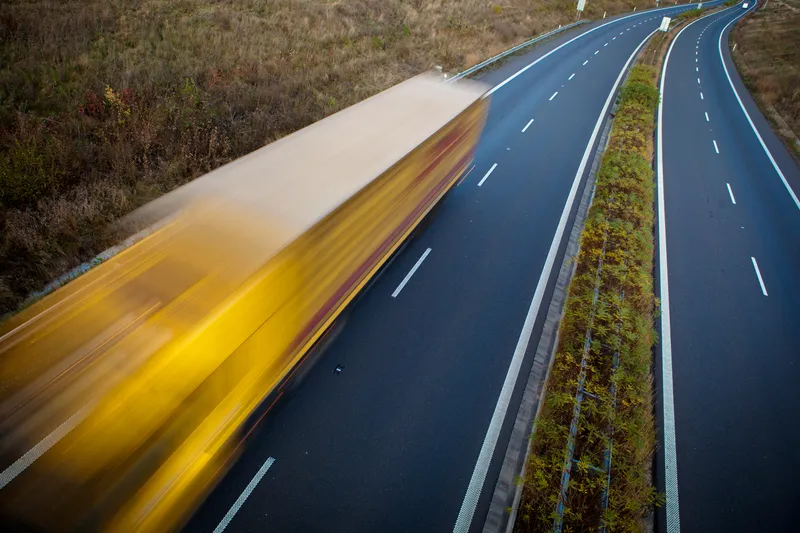
Intercomp’s strain gauge strip sensors are grouted into 3 inch (75mm) channels cut into the road, with configurations of these sensors used in data collection, screening and direct enforcement, tolling (ETC), and industrial applications.
The LSWIM axle scales have a frame installed into the pavement, and provide highly accurate weights for enforcement and industrial applications at lower speeds.
For 40 years now, US-headquartered Intercomp has been serving the weighing and measuring industry. The company says it is the world’s largest manufacturer of portable weighing and measurement products, with customers in aerospace, transportation, automotive, and numerous other industries who recognise that Intercomp’s products provide reliable solutions for the most exacting applications.
Stand 12.617
%$Linker:








